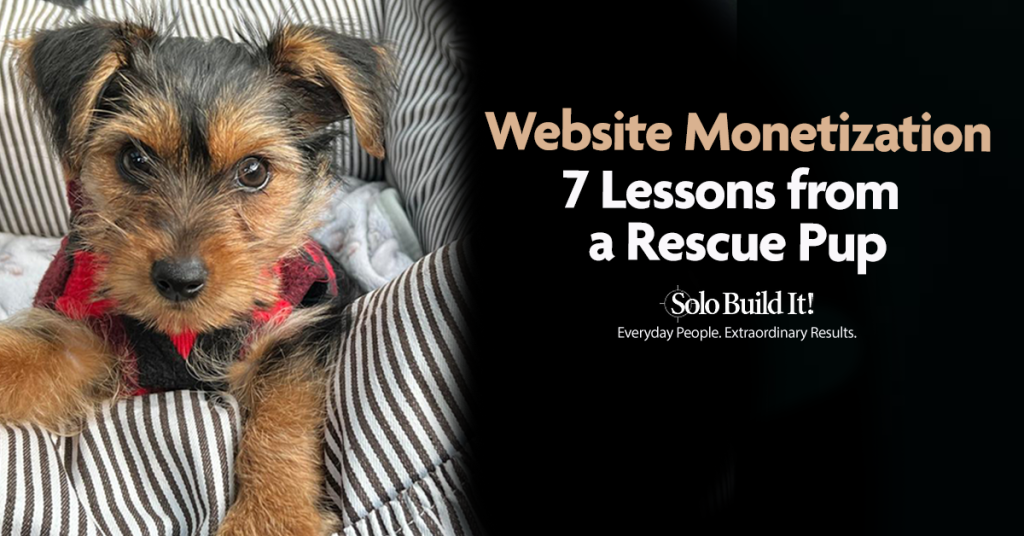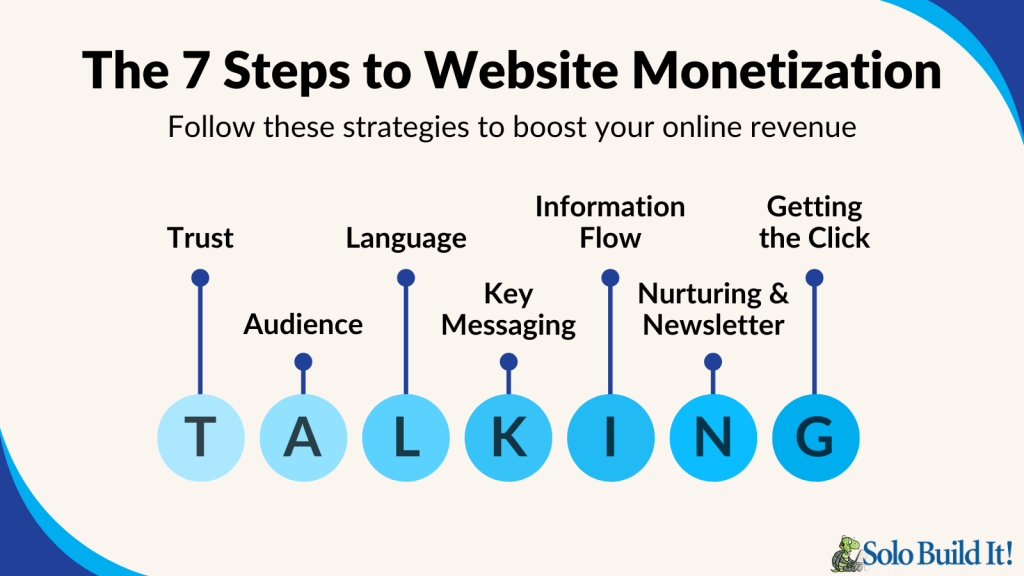Website Monetization. Two words that can feel intimidating, complex, maybe even a little… mercenary?
For many aspiring online entrepreneurs, the thought of “selling” can seem daunting. But what if monetization wasn’t just about products and profits, but about connection, trust, and genuinely helping people?
If You Could Talk to the Animals (and Your Audience)
Cath Andrews, owner of the successful website Raising Happy Chickens, recently shared her unique perspective on monetization, drawing surprising parallels between earning income online and building a relationship with her rescue puppy, Molly.
Meet Molly, Cath Andrews’s rescue pup who inspired this article.
Forget complicated formulas and pushy sales tactics. Cath’s approach, playfully dubbed the “TALKING” method, focuses on the human element – understanding your audience deeply and communicating in a way that builds lasting trust.
This isn’t just about chickens or puppies (though they make great examples!). It’s about a fundamental shift in how we view monetization: moving from simply pushing products to genuinely serving our visitors.
Ready to learn how understanding your audience’s “squeaky toys” can unlock your website’s earning potential? Let’s dive in.
T is for Trust: The Foundation of All Website Monetization
Before you even think about selling a product, an ebook, or a course, you need to lay the groundwork.
Just like Cath’s rescued puppy Molly wouldn’t trust her overnight, your website visitors won’t instantly trust you with their email addresses, let alone their credit card details.
In today’s world, rife with online scams, trust isn’t just nice to have – it’s non-negotiable.
People don’t buy from websites; they buy from people they trust.
How do you build this crucial trust?
- Nurture Your Visitors: Like Cath caring for Molly, attending to her needs whether she wants to play, rest, or just watch, you need to meet your visitors where they are. Provide value consistently before asking for anything in return. Offer high-quality, helpful content that addresses their questions and concerns.
- The Critical “About” Page: This is often the first place potential customers look before deciding to buy or even subscribe. It’s your chance to show the human behind the website. But – and this is key – it’s not about you, it’s about them.
- Focus on Your Visitor: Don’t just list your credentials. Frame your story, experience, and knowledge in terms of how you can help them. Ask yourself, “What does all this about me have to do with my visitor?”
- Show, Don’t Just Tell: Use mission statements (like Cath’s “I help people who own or want to own chickens…”) to clearly state who you help and how. Mention relevant experience and knowledge that proves you understand their world.
- Keep it Current: Your audience’s needs change. Review and update your About page regularly (at least annually) to ensure it still resonates. If you don’t have one, create one now. It’s that important for building trust.
- Authenticity Rules: Share your genuine experiences, including challenges. Cath openly discussed her initial struggles with rats – a major pain point for her audience. Sharing vulnerabilities makes you relatable and trustworthy. If you use and love a product, show pictures of you using it.
Building trust takes time and consistency, just like earning a rescue dog’s confidence. But without it, any attempt at monetization is built on shaky ground.
A is for Audience: It’s All About Them, Not the Product
You might have a brilliant product idea. You might love a particular affiliate product. But if it doesn’t align with your audience’s needs and pains, it won’t sell. Remember the disastrous kayak example from “The Apprentice”? The sellers picked a product they liked, completely ignoring the target audience and the context.
Monetization starts with understanding your audience, not with choosing a product.
Your primary goal is to figure out:
- What Keeps Them Awake at Night? Is it a nightmare (a pressing problem, a pain point) or a dream (an aspiration, a desire)? While aspirations are nice, people are far more motivated to buy solutions that alleviate pain or solve urgent problems. Think about it: you’ll rush to the dentist for agonizing toothache (pain), but maybe procrastinate on teeth whitening (desire).
- Identify Their Core Problems: Cath discovered through forums, social media, surveys, and her own experience that rats were a huge, emotionally charged problem for chicken keepers. This deep understanding allowed her to tailor content and product recommendations effectively.
- Where to Look:
- Forums: People often post here when they’re emotional – frustrated, desperate, or seeking urgent help. Look for the raw language they use.
- Social Media Groups: Similar to forums, these reveal candid conversations and common struggles.
- Your Newsletter/Email List: Ask direct questions, run simple polls or surveys.
- Blog Comments & Emails: What questions are people asking you directly?
- Product Reviews (e.g., Amazon): What complaints or praises do people have about existing solutions?
- Keyword Research: Uncover the specific problems your potential customers are trying to solve, in their own words.
- Personal Experience: Living the niche yourself provides invaluable insight.
Buying is a potent mix of emotion and information. You need to understand the emotional drivers (fear of rats, frustration with failing incubators, overwhelm with planning a wedding) before you can offer the right informational solution (the product).
Focus relentlessly on solving your audience’s biggest pains.
L is for Language: Speak Their Language, Not Yours
Once you understand your audience’s problems, you need to talk about them using the exact language your visitors use. When you mirror their words, their phrases, their emotional expressions, it creates an instant connection. They feel seen, understood, and confident that you “get” their problem because you’re describing it just like they would.
- Capture Emotive Language: Pay attention to the strongest words and phrases people use when describing their frustrations or desires. Cath noted terms like “disgusting,” “makes me want to throw up,” “filthy pests,” “makes my skin run,” “little boogers outsmart us,” and “staged a takeover.” Using this kind of visceral language in your content, especially headlines and introductions, immediately grabs attention and signals empathy.
- Reflect Their Words in Headlines (H1/H2): Start your pages, especially sales pages, by directly addressing the problem using their language. This confirms to the visitor they’re in the right place.
- Listen for Solution Clues: Note the types of solutions people are already discussing, wishing for, or complaining about. Are they talking about “traps,” “poisons,” “natural remedies,” “easy-to-use guides,” “budget options,” “reliable tools”? This informs the types of products you should consider promoting.
- Address Myths and Misconceptions: Cath found people discussing mothballs and baking soda for rats – ineffective myths. By creating content debunking these myths (“Don’t waste your money here!”), she built more trust by saving her audience time and money, positioning herself as a knowledgeable guide.
- Understand Objections: Listen for why people hesitate to buy certain solutions (“I heard traps only work for so long,” “Is this product hard to clean?”). Address these objections proactively in your content and sales pages to remove barriers to purchase.
Using your audience’s language isn’t about manipulation; it’s about clear communication and building rapport. Show them you’ve walked in their shoes by speaking their language.
K is for Key Messaging (About the Product): The Rule of One
When it comes to presenting your solution (the product, course, or service), simplicity is key. People are busy, easily overwhelmed, and have limited attention spans. Don’t confuse them with too many options on a single page.
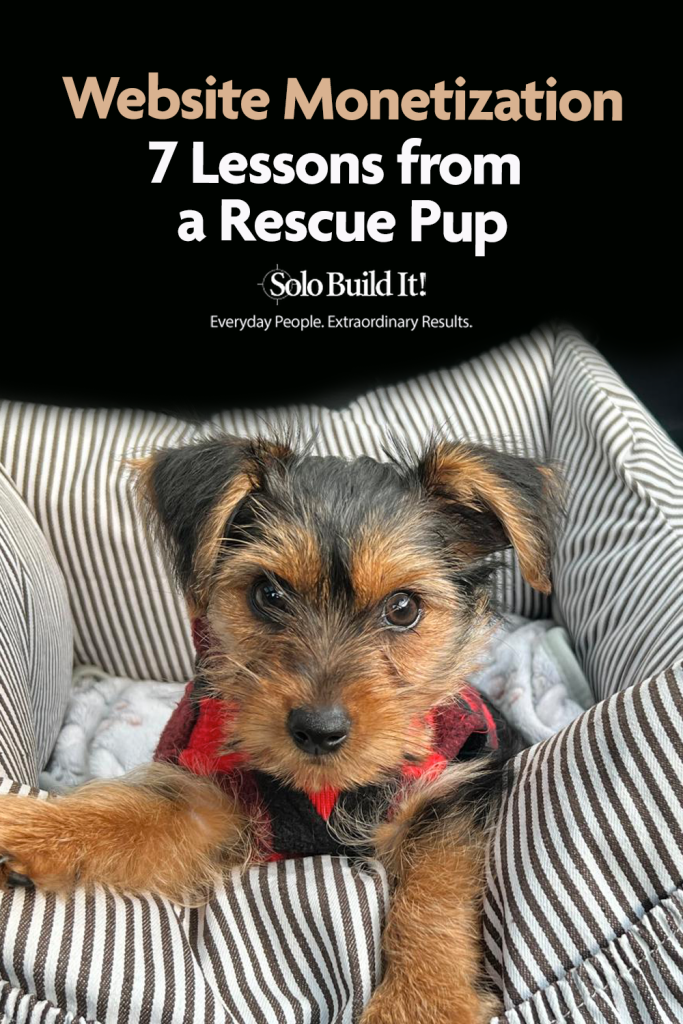
Follow the Rule of One
- One Thing: Focus on selling one primary solution per page.
- One Page: Dedicate a specific page (a sales page or review page) to that one solution.
- One Person: Write directly to your ideal customer avatar, as if you’re having a one-on-one conversation addressing their specific problem.
- One Problem: Ensure the page clearly addresses the single core problem this solution solves.
- One Solution: Present your recommended product/service as the solution to that specific problem on that page.
Cath uses this effectively with separate, detailed review pages for her recommended rat trap and the automatic chicken feeder – two distinct solutions addressing the core “rat problem.”
Focus on Benefits, Not Just Features
This is arguably the most crucial part of your product messaging.
People don’t buy features; they buy outcomes and transformations.
Feature: “This incubator has automatic temperature control.”
Benefit: “This incubator maintains the perfect temperature automatically, relieving the stress of constant monitoring and increasing your chances of a successful hatch.”
Always translate features into tangible benefits for the visitor. How does that feature make their life easier, solve their problem faster, reduce their anxiety, or help them achieve their desired outcome?
Keep Reviews Authentic
If You Own/Use It: Share your personal experience, including photos or videos of you using the product. Talk about how it specifically helped you solve the problem. Mention drawbacks honestly, but frame them constructively (e.g., “It’s expensive, but it’s reliable and relieves stress,” or “It gets rusty, but it doesn’t affect performance”).
Create a unique rating system (like Cath’s Golden Eggs) to add personality and memorability.
If You Don’t Own/Use It: Be transparent! State clearly that you haven’t personally used it (like Cath’s Cackle Hatchery review). Explain why (e.g., “It’s only available in the US, and I live elsewhere”). Then, demonstrate you’ve done the homework for them by summarizing reviews from trusted sources (Amazon, Trustpilot, Google Business Profile, BBB, niche forums).
Highlight both pros and cons based on widespread user feedback. This still provides immense value and builds trust through honesty and thorough research.
Remove Distractions From Your Sales Pages
Keep sales/review pages focused. Remove distractions like sidebars and unrelated ads (Cath turns off Mediavine ads on her sales pages). You want the visitor’s attention solely on the problem and the solution you’re presenting.
Use clear headings, short paragraphs, bullet points, and images/videos to make the information easy to digest.

I is for Information Flow & Transformation: Walking in Their Shoes
Think of your sales page as a journey designed to guide your visitor from their current state (Point A: feeling frustrated, overwhelmed, in pain) to their desired future state (Point B: feeling relieved, confident, problem solved) because of your solution.
This is the “transformation” Pat Flynn talks about. Your job is to map out that journey clearly on the page.
Planning the Transformation
Cath uses a simple but powerful planning method:
- Start (Top of Page): Define Point A. How is the visitor feeling before they encounter the solution? (e.g., “Stressed about rats,” “Anxious about incubation failure,” “Overwhelmed by wedding planning”). Use the emotive language you gathered earlier.
- End (Bottom of Page): Define Point B. How will the visitor feel after using the product? (e.g., “Will feel relieved and sleep better knowing rats are gone,” “Will feel confident about hatching healthy chicks,” “Will feel organised and excited about their wedding day”).
- Middle (The Bridge): Fill the gap with the product’s benefits. How does each benefit help move the visitor from Point A to Point B? Structure your page logically, addressing key questions, features (translated to benefits), drawbacks (with solutions/context), and proof (testimonials, your experience, reviews).
Use pen and paper or post-it notes to physically map this out – it helps clarify the flow and ensures you stay visitor-focused.
It’s Not Always About Price
Cath shared a relatable example involving her puppy. Which toy do you think became the absolute favorite? Not an expensive gadget from a pet store, but a simple, homemade toy crafted from an old sock and an inexpensive squeaky ball. It cost next to nothing but provided the most value to the puppy.
The website monetization lesson?
Don’t just promote the most expensive product because it offers a higher commission.
Recommend the product that genuinely best solves the visitor’s problem and provides the most appropriate value for them. Authenticity and genuine helpfulness lead to long-term trust and sales. Selling something unsuitable just for a higher commission ultimately damages that trust.
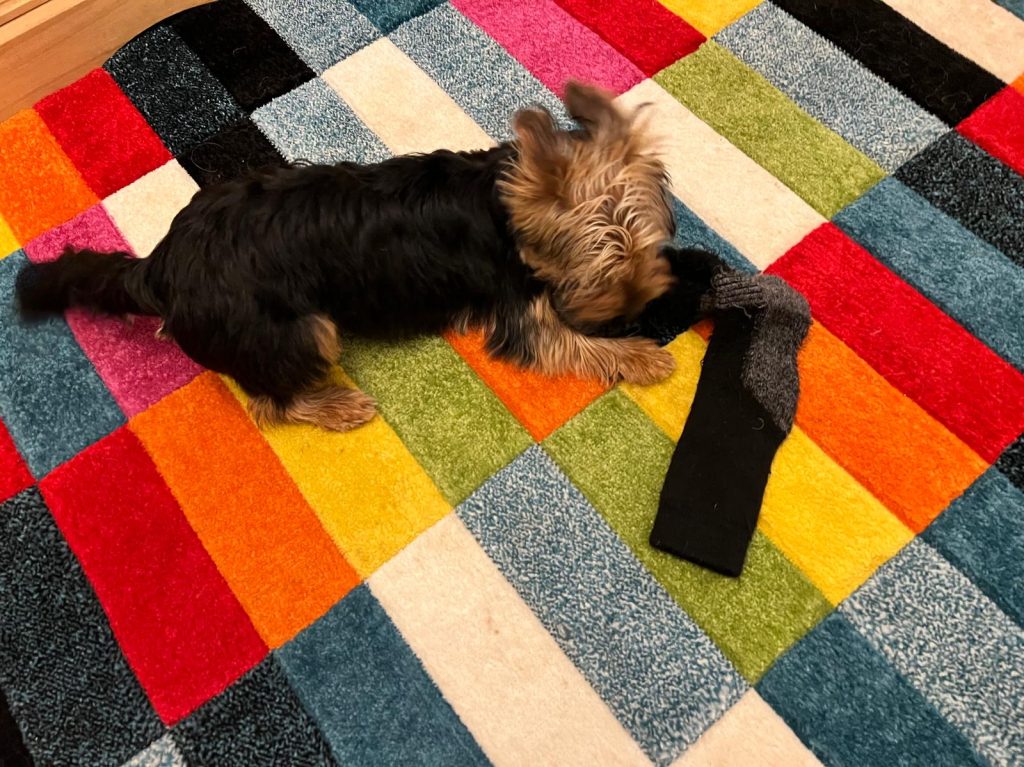
N is for Nurturing & Next Steps (Beyond the Sale)
What happens if, after reading your brilliant sales page, the visitor doesn’t click “buy”? Don’t let them hit a dead end!
- Offer Alternatives (At the Bottom): Once they’ve passed the final call to action, provide clear next steps. Cath includes links to related content at the very bottom of her sales pages (e.g., on the feeder page, she links to her main “Dealing with Rats” tier two page, her rat trap review, and other relevant feeding articles). Keep them engaged on your site, offering further value.
- The Power of Newsletters: This is Cath’s “ranty thing” for a reason. Your email list is one of your most valuable assets for building relationships and driving sales. People on your list already know you and have demonstrated trust by giving you their email address.
- Use it: Nurture your list with consistent value, but don’t be afraid to promote relevant products or link to your sales pages occasionally. (Amazon links are now allowed in emails).
- Build it: If you don’t have a newsletter, start one now, even if you only have a few pages up. It’s crucial for long-term monetization and relationship building. Many of Cath’s sales come directly from her trusted newsletter audience.
Always offer value, whether through your content, your product recommendations, or your emails.
G is for Getting the Click (Call to Action – CTA)
You’ve built trust, understood the problem, used their language, presented the solution and its benefits, and mapped the transformation. Now you need to ask for the click clearly and compellingly.
- Be Clear & Specific: Don’t just say “Click Here.” Use action-oriented, benefit-focused language. Examples: “Download Your Free Starter Guide Now,” “Get Rid of Rats for Good – Buy Now,” “Start Your Stress-Free Incubation Today.”
- Benefit-Focused: Remind them of the positive outcome.
- Repeat Strategically: While you have one core call to action per page (buy the product, download the guide), repeat that offer multiple times using different formats (buttons, text links, clickable images) throughout the page (below the fold). People scan, and they might be ready to click at different points.
- Make Buttons Obvious: Use clear, contrasting buttons that stand out. Test different colours and wording.
- Remove Friction: By the time they reach your final CTA at the bottom, they should feel like clicking is the obvious, logical next step because you’ve addressed their problem, presented a compelling solution, and answered their potential objections.
Website Monetization Strategies: Putting it All Together
Monetizing your website successfully isn’t about complex tricks; it’s about applying the principles Cath Andrews learned from her rescue pup, Molly:
- Build Trust First: Be authentic, helpful, and transparent. Your “About” page is key.
- Understand Your Audience Deeply: Know their pains, problems, and the language they use.
- Focus on Benefits: Sell the transformation, not just the features.
- Guide the Journey: Structure your sales pages logically from problem to solution.
- Be Genuine: Recommend what truly helps, not just what pays the most.
- Nurture Relationships: Use your newsletter to build trust and make relevant offers.
- Ask Clearly: Use compelling, benefit-focused calls to action.
By “talking” to your audience in this way – understanding them, speaking their language, and focusing on solving their problems – you build the trust necessary for sustainable, ethical, and effective website monetization.
Now it’s your turn:
What are your biggest challenges with website monetization? Share your thoughts in the comments below!
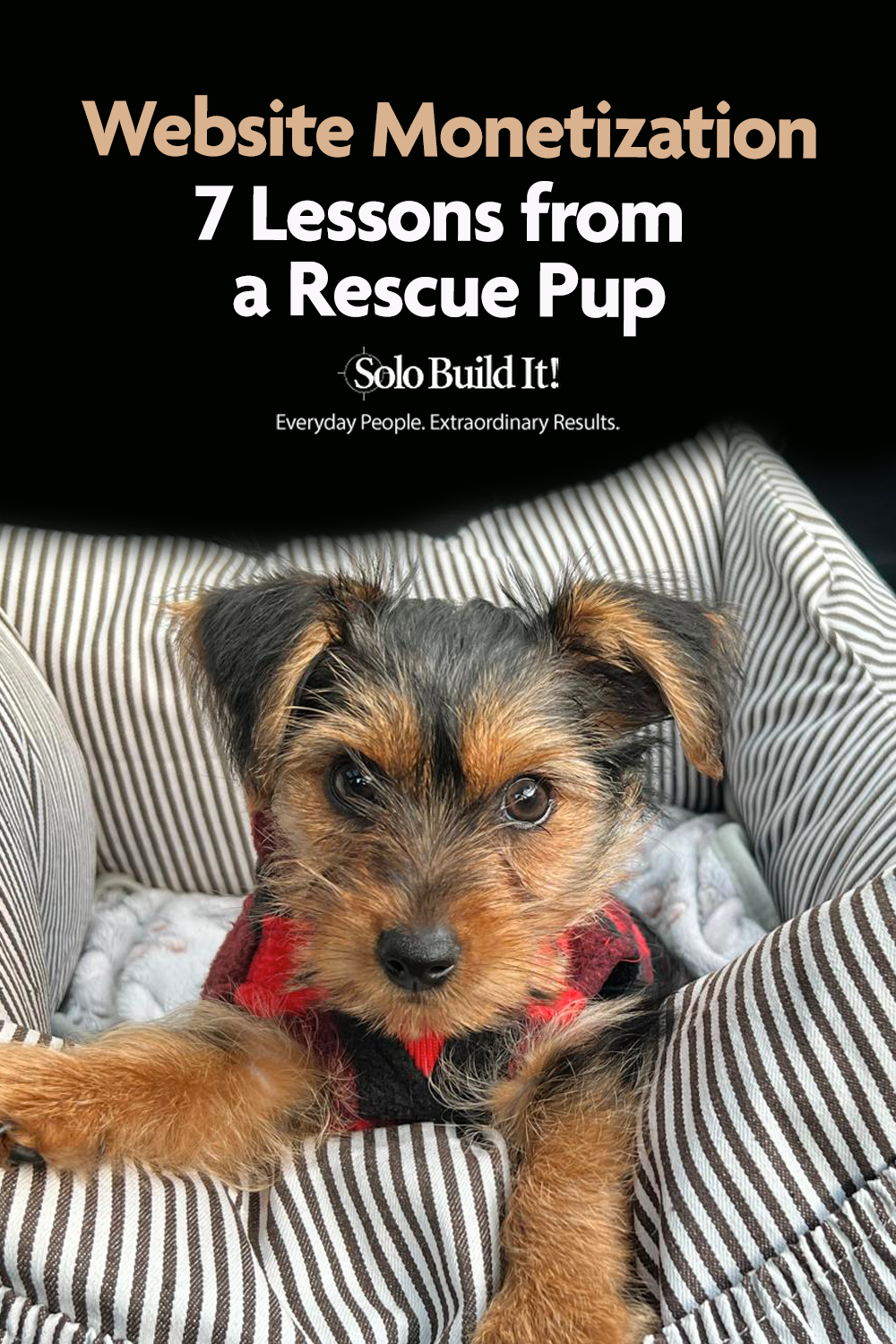
Carol Leather
Latest posts by Carol Leather (see all)
- Conquer the Blank Page: A 4-Step Blueprint (Part #4 of 4) - November 6, 2025
- From Keyword to Content Idea: Listen Before You Write (Part #3 of 4) - October 3, 2025
- How to Choose the Perfect Domain Name for Your Online Business (Part #2 of 4) - September 18, 2025

